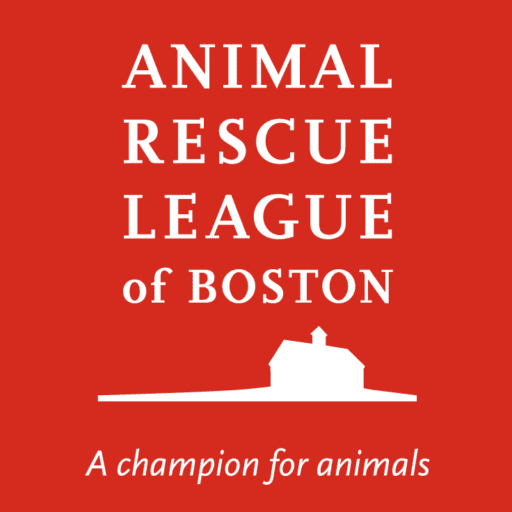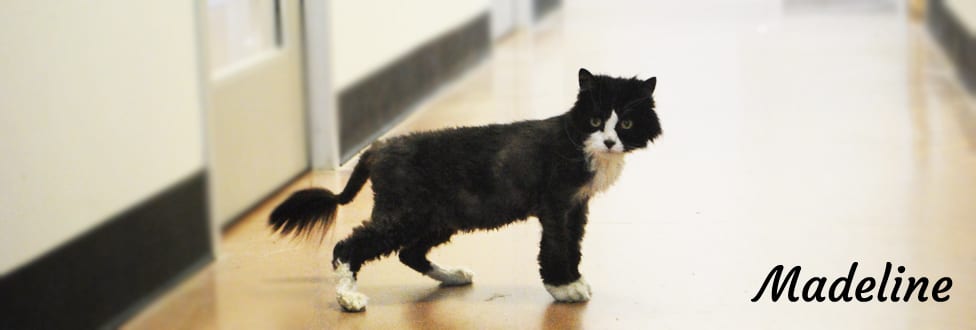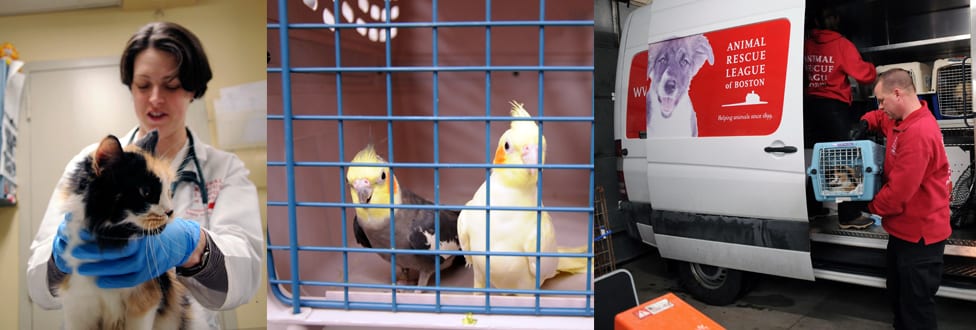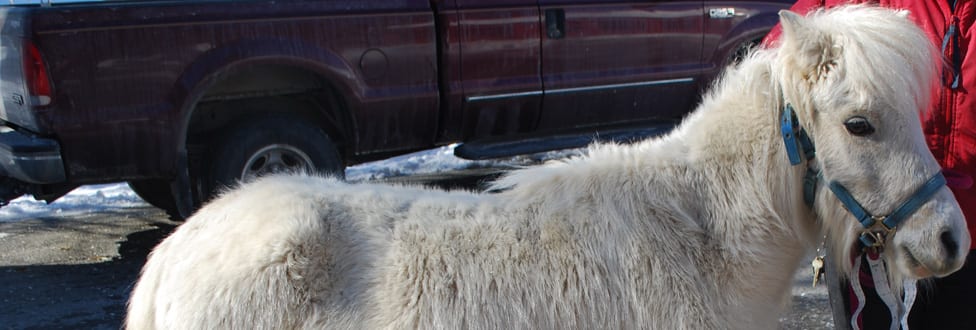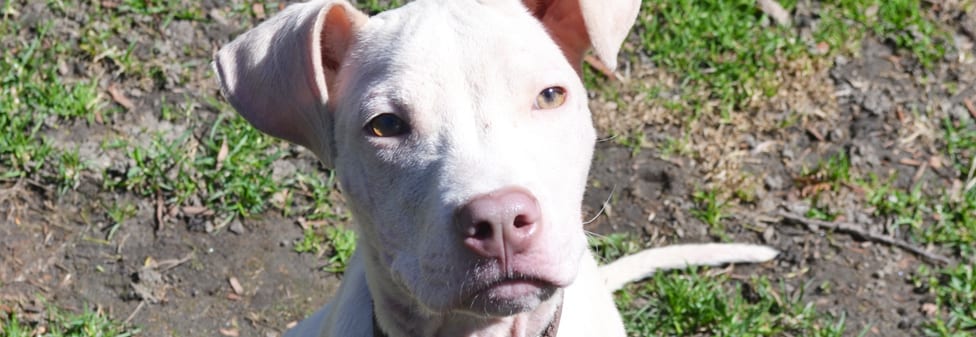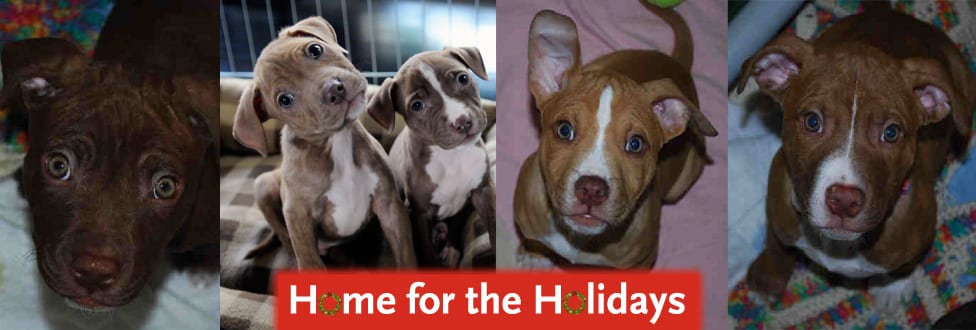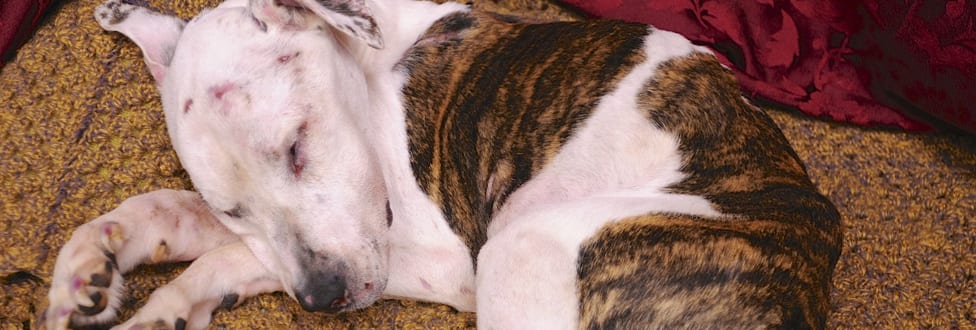Meet Madeline!
Sweet survivor cat ready for her new home
**Update: Madeline has been adopted**
“Cases like hers are the reason that many of us got into the business of rescuing animals: there is nothing more rewarding than seeing an animal that was previously neglected transform with some TLC.”
– Dr. Kate Gollon, shelter veterinarian at the Animal Rescue League of Boston
 Almost two months ago, a very kind person brought Madeline to our Dedham Animal Care & Adoption Center after discovering the 8-year-old cat unable to move in the backyard of her home where someone had left her. Shelter staff instantly observed the fur on Madeline’s hind quarters appeared thickly matted and that she couldn’t move her back legs.
Almost two months ago, a very kind person brought Madeline to our Dedham Animal Care & Adoption Center after discovering the 8-year-old cat unable to move in the backyard of her home where someone had left her. Shelter staff instantly observed the fur on Madeline’s hind quarters appeared thickly matted and that she couldn’t move her back legs.
Her sweet temperament and soft, steady purr touched the hearts of shelter veterinarian Dr. Kate Gollon and all the Dedham staff as they worked to make her comfortable with pain medications and by shaving off the mass of tangles on her lower body.
Dr. Gollon determined Madeline had nearly 4 inches of mats over 70% of her body. The bag of her shaved matted fur tipped the scales at over a pound. The twisted condition of her coat had clearly forced her to go to the bathroom on herself and likely prevented her from walking for some time. Even after shelter staff shaved her fur, she couldn’t walk on her very weak back legs.
When diagnostic tests including x-rays and bloodwork did not provide a more definitive reason for the weakness in her back legs, Dr. Gollon prescribed a regimen of daily physical therapy to help Madeline recover her strength and mobility. Staff gave Madeline time post-shave to recuperate and get to know them before carefully and caringly beginning to work with her to get her walking.
At first, staff gently moved her back legs for her, three times a day. Gradually, they helped her stand by placing her in a sling to support her weight while getting her up on all fours. Once her ability to support herself improved, staff worked with her on walking across the floor and maneuvering changes in elevation. To give her some added traction on the polished cement floors at the shelter, staff would place a touch of Vaseline on her paw pads.
Everyone at the Dedham shelter felt as proud as mamma cats watching Madeline’s amazing progress as she confidently strolled to them and maneuvered up carpeted steps for the first time!
A dedicated ARL foster volunteer brought Madeline to her home to help her re-acclimate to living with people. Though the determined kitty remains a bit unsteady on her hind legs, she shows no signs they are holding her back. According to her foster mom, Madeline loves to explore and happily curls up on the couch for a good snooze afterwards.
We’re very happy to report Madeline is ready for adoption! Scotties Facial Tissue will cover her adoption fee this weekend, so come visit the ARL’s Dedham Animal Care & Adoption Center to learn more about her.
Because of her unsteady legs, she would do best in a home with carpet. A one-story house or apartment, or a home where she would spend most of her time in one big room or have access to her litter box and food without having to climb stairs would make for the ideal situation for Madeline.
In the words of Dr. Gollon: “Madeline is a special cat and quite a survivor! The family who adopts her will most definitely fall in love with her as much as we have at ARL.”
